Cloth “Why are you angry?” was written by Paul Gauguin in 1896, the very period when he moved permanently to Tahiti and devoted himself to creativity. It was then that
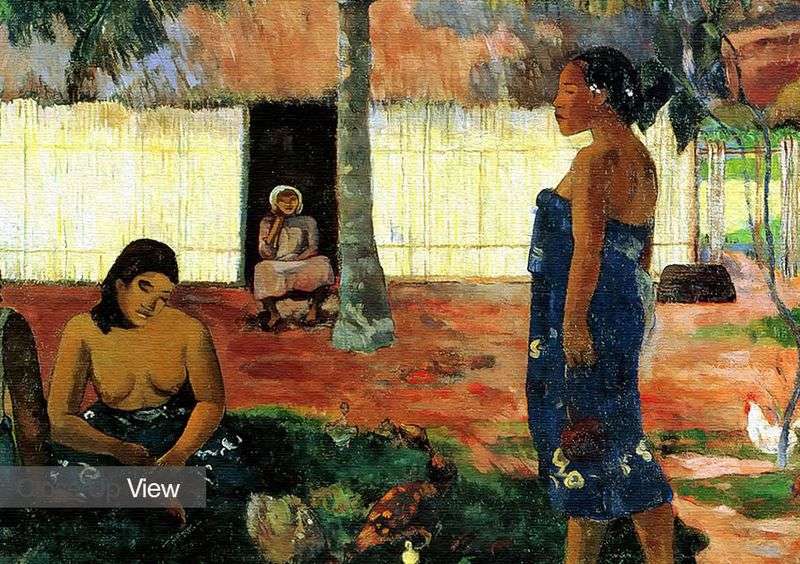

Cloth “Why are you angry?” was written by Paul Gauguin in 1896, the very period when he moved permanently to Tahiti and devoted himself to creativity. It was then that

… Only under the sky of saving firmament Met in a sea of crazy Hardly noticeable almost forgotten Little island named Happiness… S. Trofimov. “Under the pandanova tree” – a
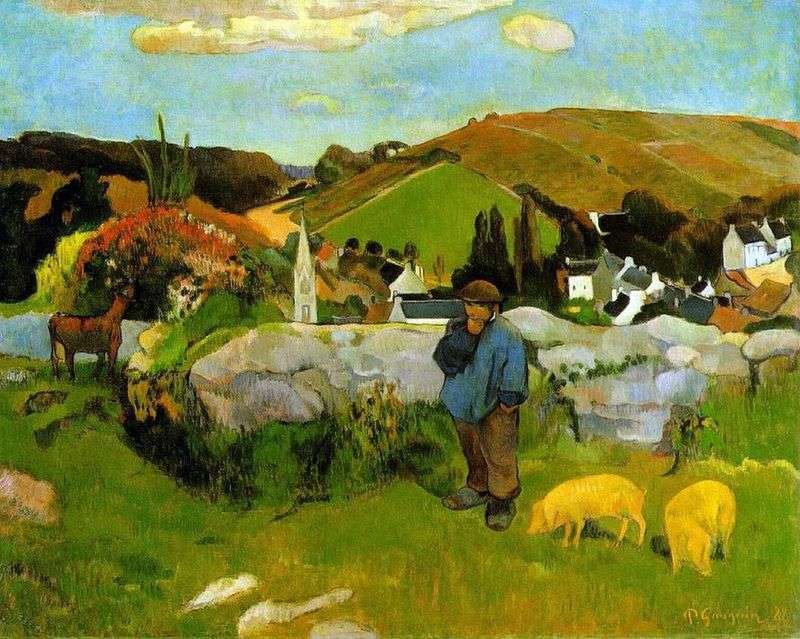
The French province with its unique patriarchal rural flavor always attracted Gauguin. Here he saw peace, dimensionality, some kind of innocence and purity of people – all this acted as
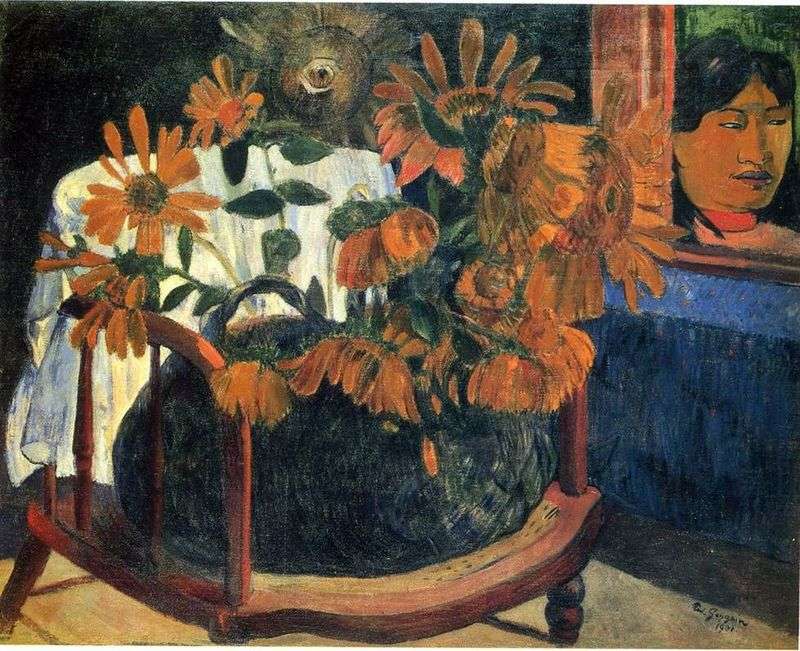
Impressionists were especially fond of sunflowers as a subject. It is enough to recall Claude Monet and Van Gogh. Gauguin began to write sunflowers at the end of his life
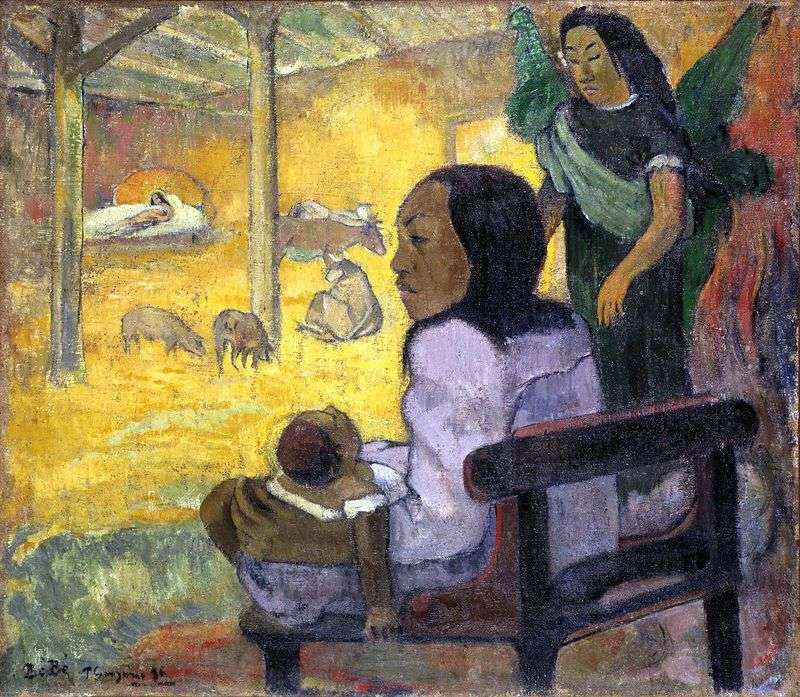
Paul Gauguin “Child” painting “Child” or “Child” painting by French artist Paul Gauguin wrote during his stay on the island of Tahiti in 1896. The picture marks the image of
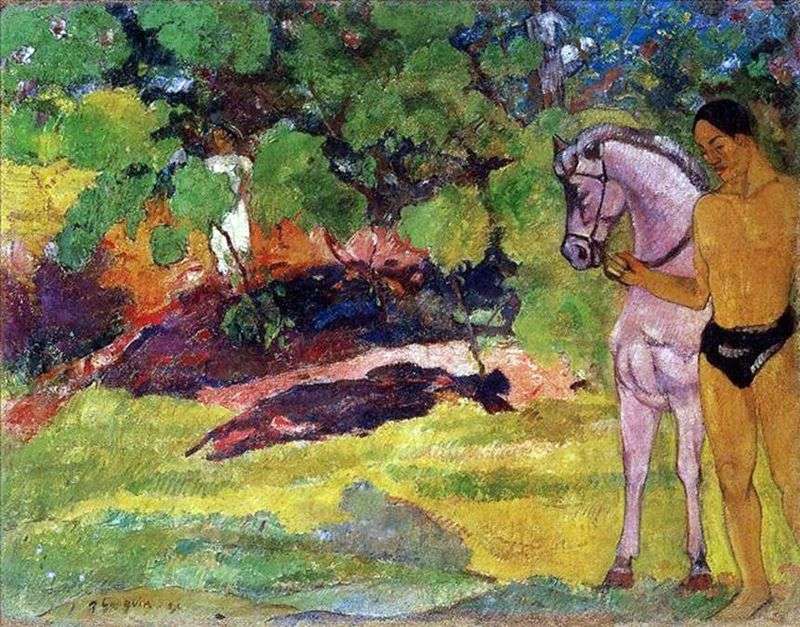
In this genre painting, written in 1891, the artist, being in Tahiti, in his “island” manner of the letter tried to convey the color gamut of the colorful surrounding nature;
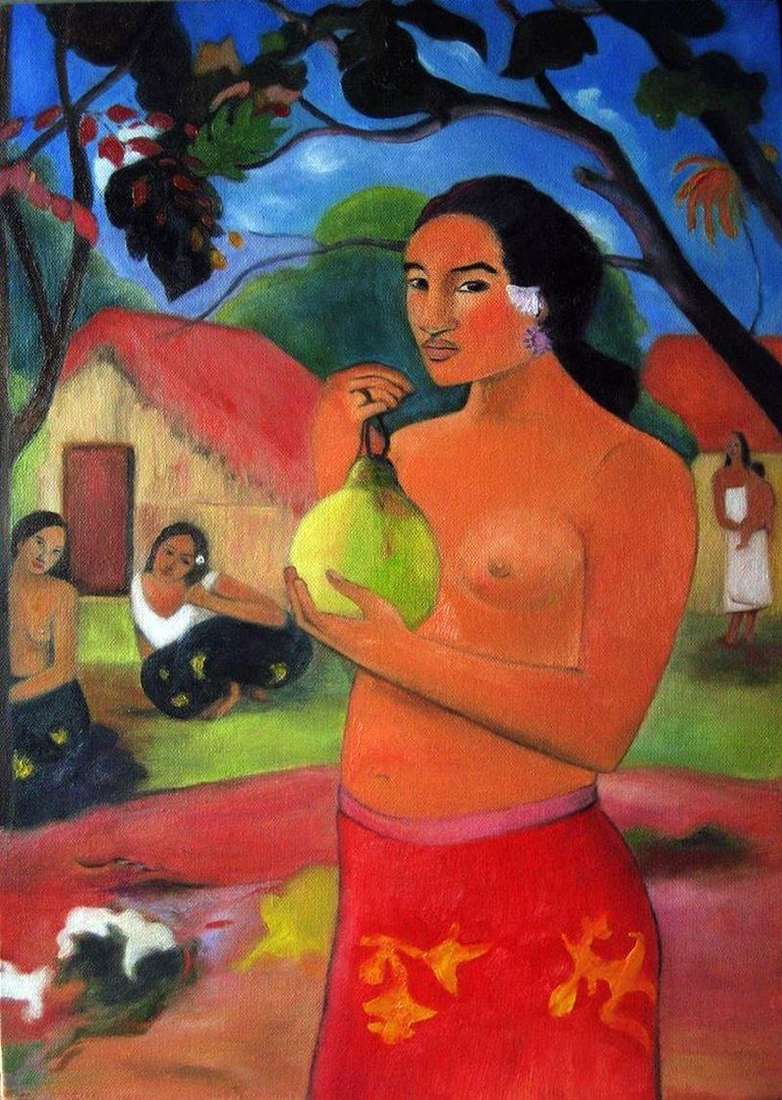
One of the most recognizable paintings of Paul Gauguin – “A Woman Holding a Fruit” is also known under her Maorian title “Where are you going?”. Some researchers believe that
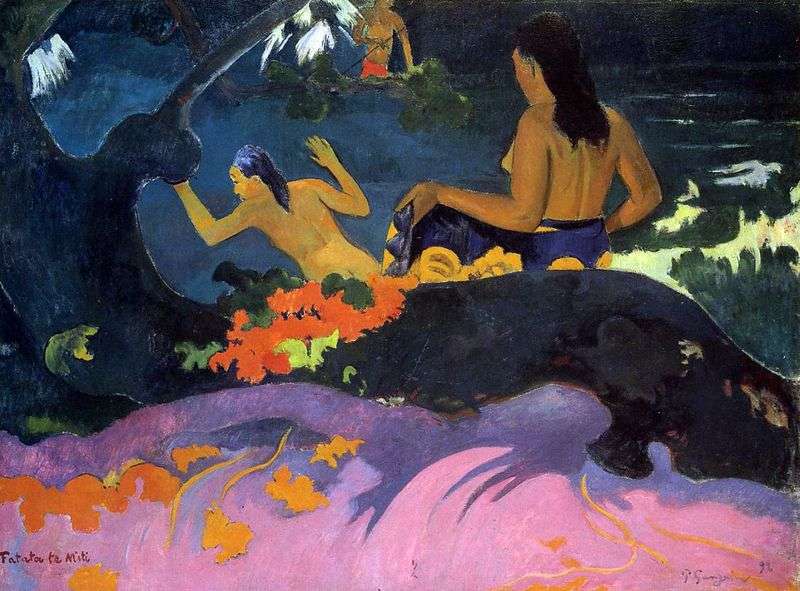
In this painting, written in 1892 during the first visit to the Tahitian island, the artist depicted Tahitian bathers, free, independent, beautiful. They are depicted against the background of sea
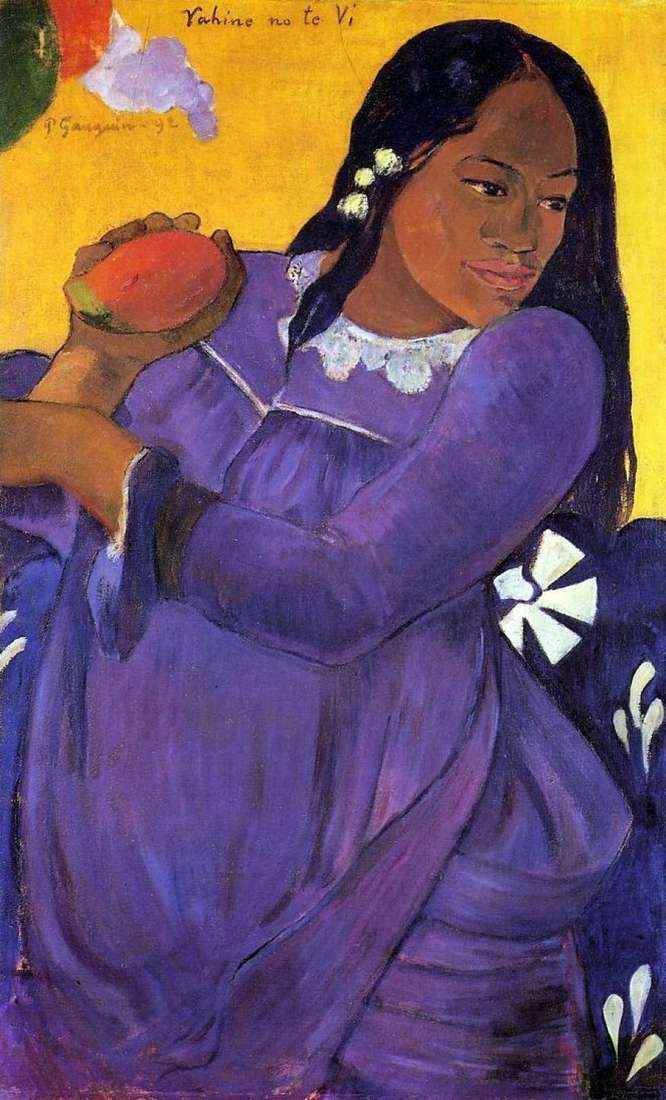
The picture is the most sensual embodiment of the wife of Gauguin – Tehura. “Vahine but those vie” – brought out his hand painter name of the canvas in the

When Will You Marry – painting by Paul Gauguin, written by the artist in Tahiti in 1892. Over half a century belonged to the family of Rudolf stechlin, was exhibited
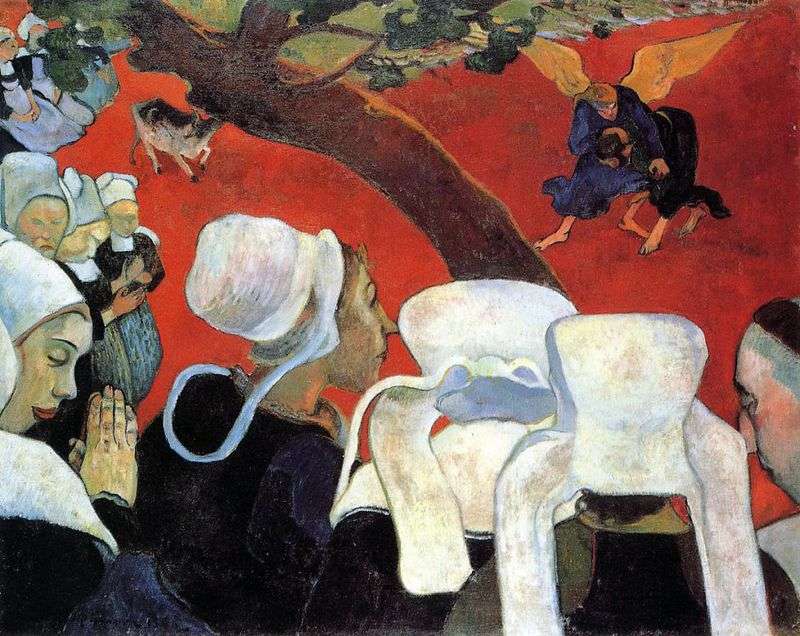
“Vision after the ceremony” – oil on canvas. Painting of the French artist Paul Gauguin, written in 1988. At the moment it is exhibited in the National Gallery of Scotland,
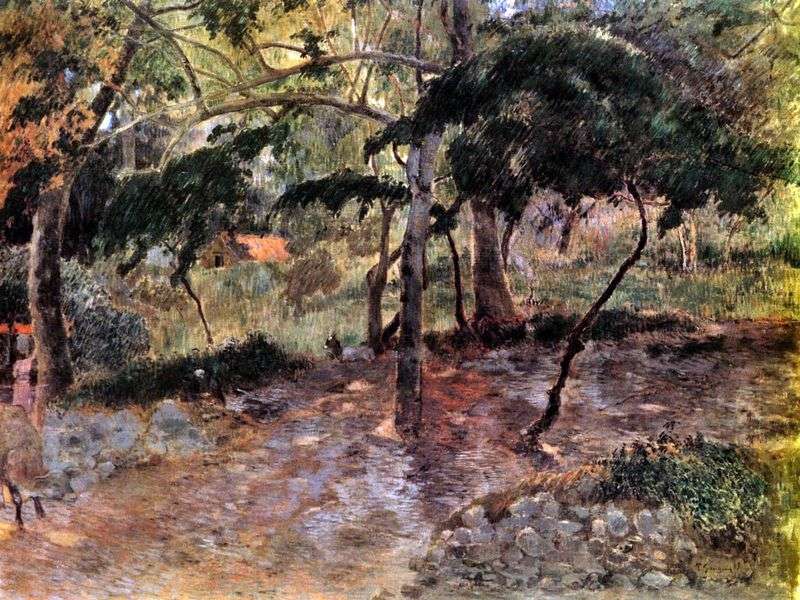
The peculiarity of the picturesque manner of Paul Gauguin was reflected in a special way in the “Landscape on the Island of Martinique”, created by him in 1887. The landscape
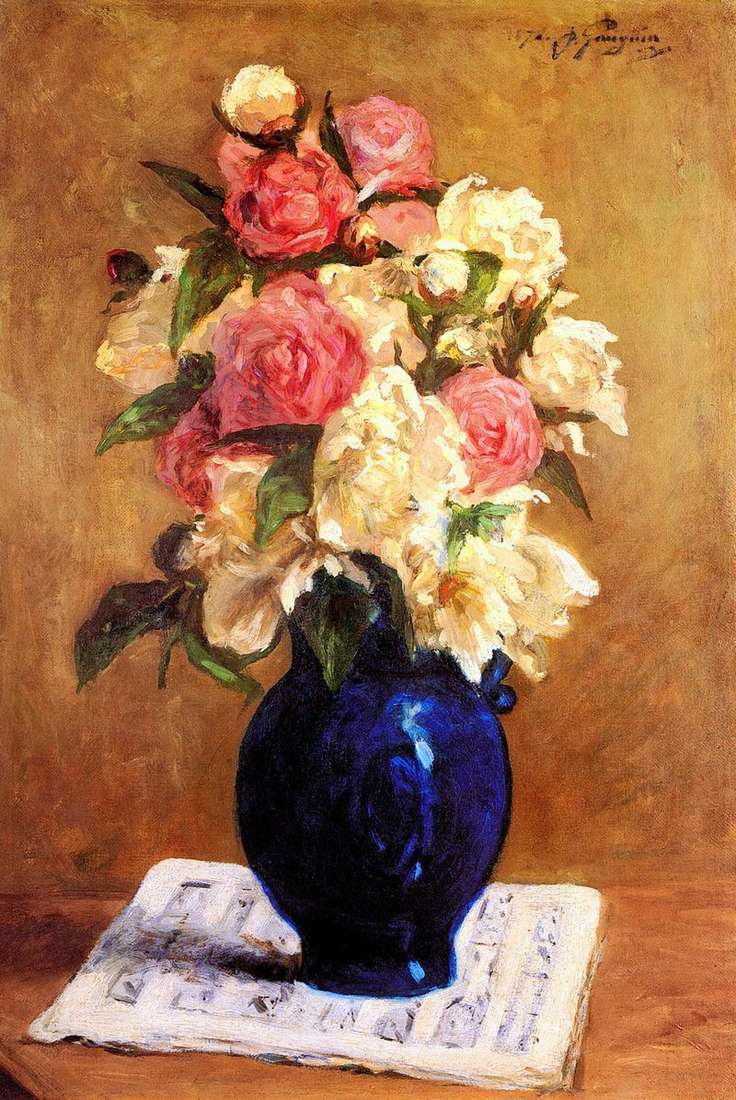
This painting was painted by the artist at the beginning of his artistic activity in 1876, but how beautifully the still-white combination of white-pink peonies and the blue vase in
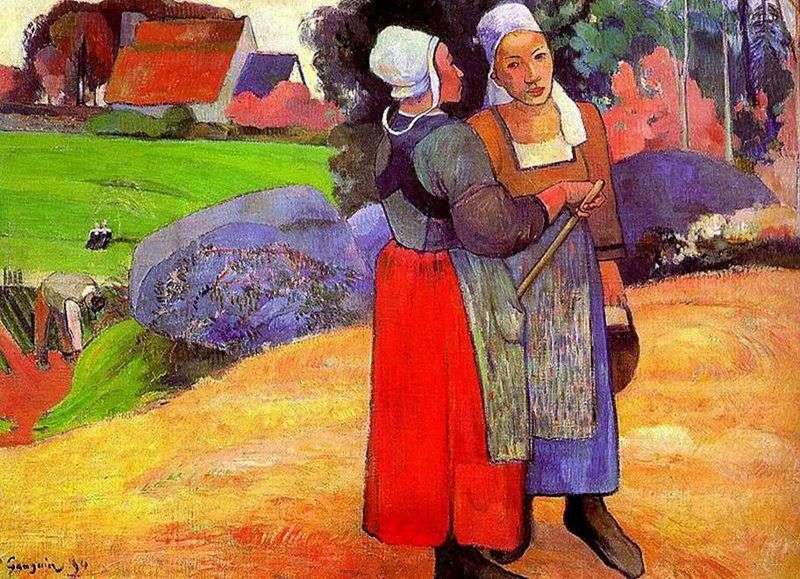
The trip to Brittany, which Paul Gauguin made in 1885, played a huge role in the formation of his own style of the artist. The French province, with its characteristic
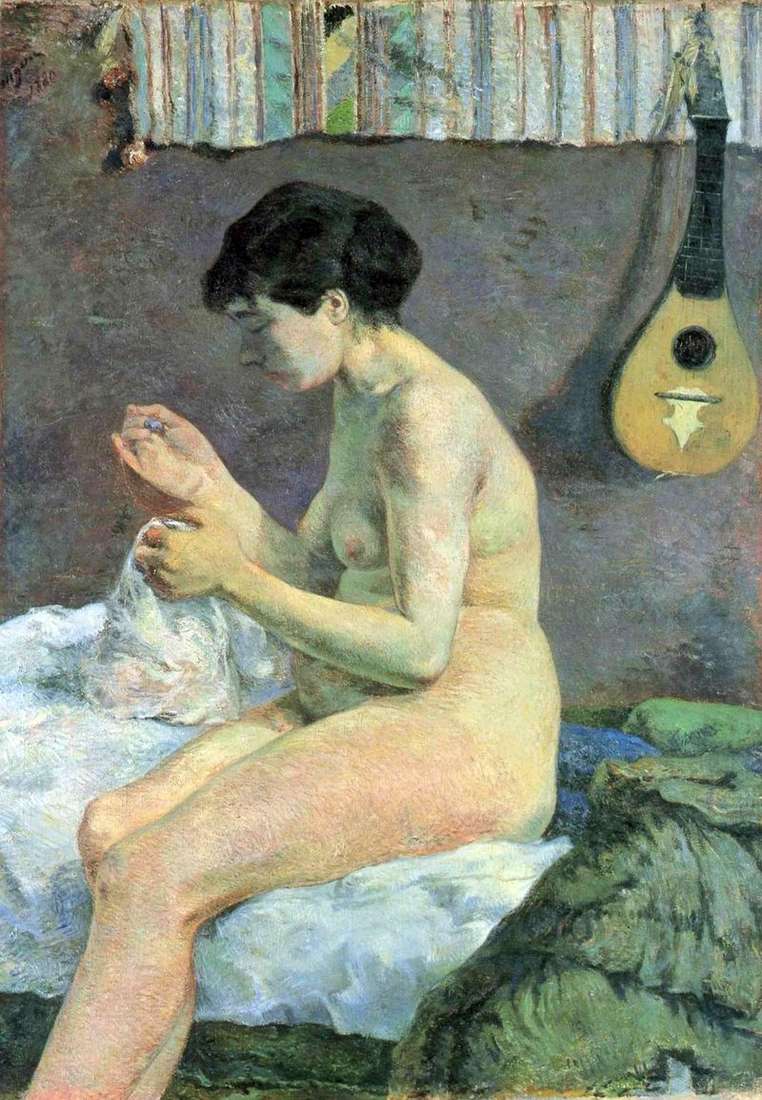
The picture “Naked” was presented in 1881 at the Sixth Impressionist Exhibition. On it, the painter portrayed a young brunette sitting on white linen sheets. Behind her, blue and green
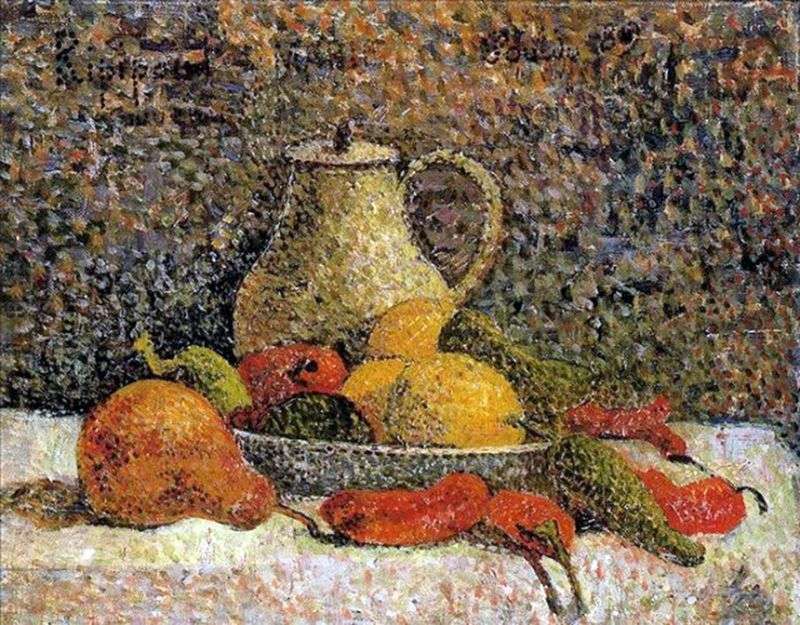
The end of the 19th century was a period of many still lifes, each of which is original. The artist completely departed from the classics and rules. It is evident
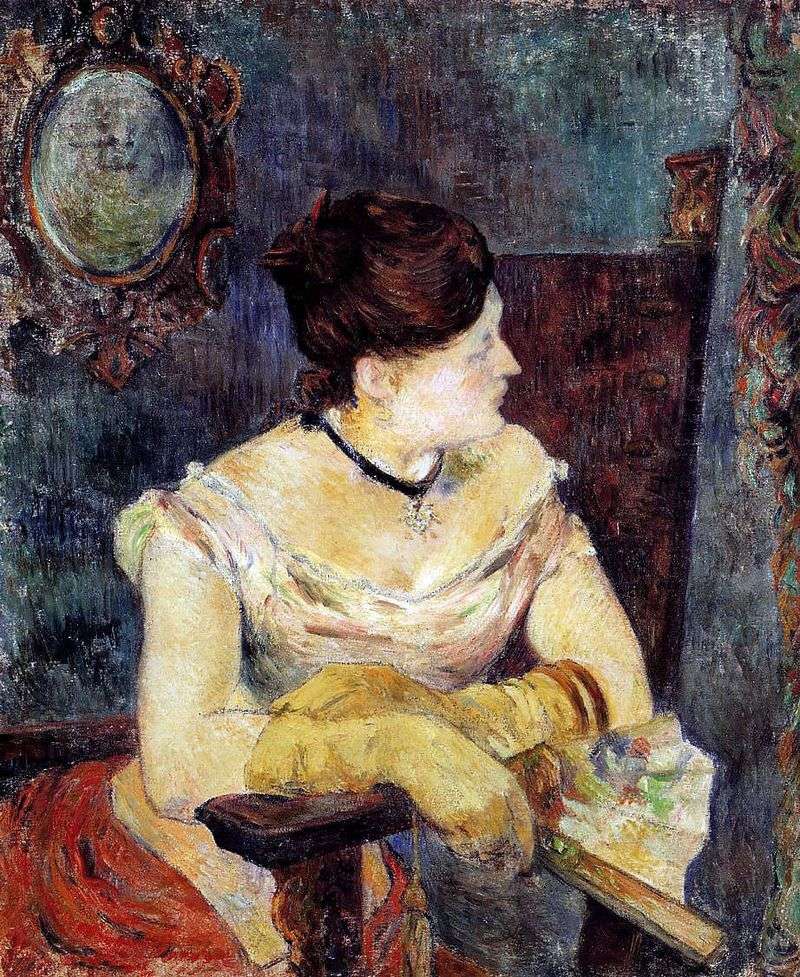
The wife of Mette-Sophie Gauguin, in the girlhood Gad refers to the early period of the artist’s work. With the young Dane Mette the painter gets acquainted in the house

The painting “The Queen of Areoi” or “The Queen of Beauty,” painted by a painter in 1896, is another evidence of Gogen’s alignment of parallels between Tahiti and Ancient Egypt.
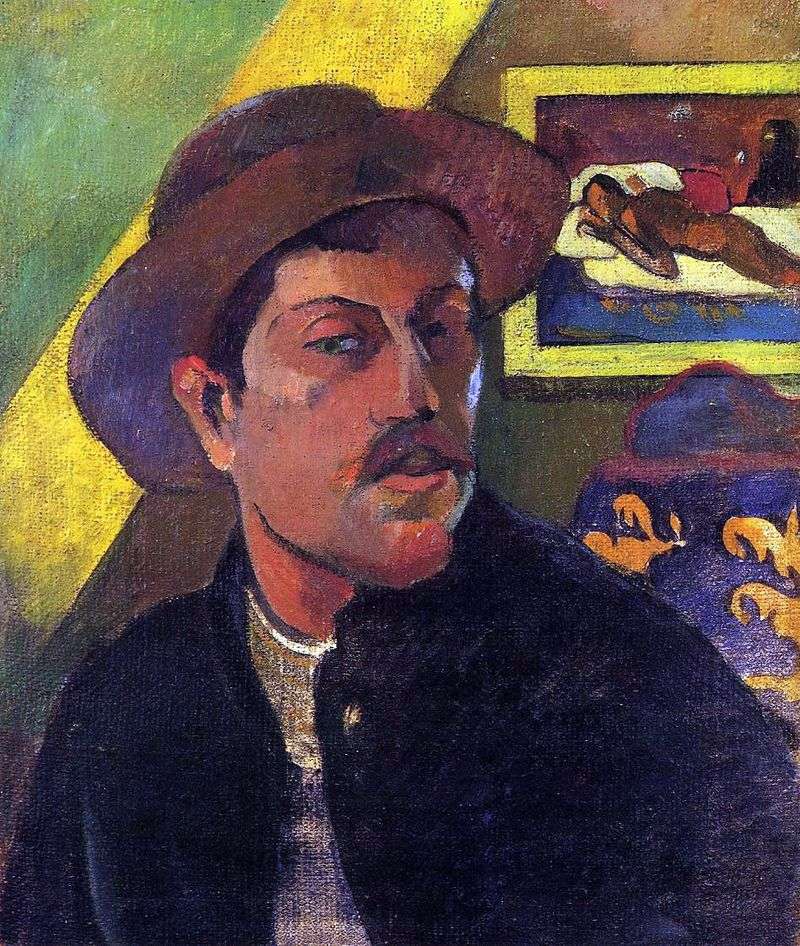
For his creative way, Gauguin created more than one self-portrait, while each of his works of this genre wore a bit of originality and innovation. Self-portrait in a hat was

The French artist Paul Gauguin became one of those art historians called the post-impressionists – along with V. Van Gogh and A. Toulouse-Lautrec. The point, however, is not whether to

To the writing of still lifes, Gaugin was particularly anxious. In this genre, he saw many opportunities for flying fantasy and finding new means of expressiveness. Especially a lot of